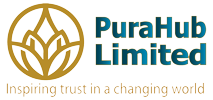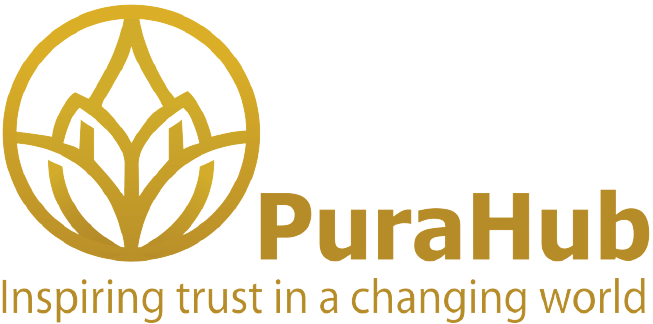

International Code of Conduct on Pesticide
Management Guidelines on Highly Hazardous Pesticides
DEFINITIONS:
Active ingredient means the part of the product that provides the pesticide action.
Banned pesticide means a pesticide all uses of which have been prohibited by final regulatory action, to protect human health or the environment. It includes a pesticide that has been refused approval for first-time use or has been withdrawn by industry either from the domestic market or from further consideration in the domestic approval process, and where there is clear evidence that such action has been taken to protect human health or the environment.
Co-formulant means a non-active ingredient component of a formulated product. Exposure to pesticides means any contact between a living organism and one or more pesticides.
Formulation means the combination of various ingredients designed to render the product useful and effective for the purpose claimed and for the envisaged mode of application.
Hazard means the inherent property of a substance, agent or situation having the potential to cause undesirable consequences (e.g. properties that can cause adverse effects or damage to health, the environment or property).
Highly Hazardous Pesticides means pesticides that are acknowledged to present particularly high levels of acute or chronic hazards to health or environment according to internationally accepted classification systems such as WHO or GHS or their listing in relevant binding international agreements or conventions. Besides, pesticides that appear to cause severe or irreversible harm to health or the environment under conditions of use in a country may be considered to be and treated as highly hazardous.
Integrated Pest Management (IPM) means the careful consideration of all available pest control techniques and subsequent integration of appropriate measures that discourage the development of pest populations and keep pesticides and other interventions to levels that are economically justified and reduce or minimize risks to human and animal health and/or the environment. IPM emphasizes the growth of a healthy crop with the least possible disruption to agro-ecosystems and encourages natural pest control mechanisms.
Integrated Vector Management (IVM) means the rational decision-making process for the optimal use of resources for disease vector control. It aims to improve efficacy, cost-effectiveness, ecological soundness and sustainability of disease vector control interventions for the control of vector-borne diseases.
Pesticide means any substance, or a mixture of substances of chemical or biological ingredients intended for repelling, destroying or controlling any pest, or regulating plant growth.
Pesticide management means the regulatory and technical control of all aspects of the pesticide life cycle, including production (manufacture and formulation), authorization, import, distribution, sale, supply, transport, storage, handling, application and disposal of pesticides and their containers to ensure safety and efficacy and to minimize adverse health and environmental effects and human and animal exposure.
Risk is the probability and severity of adverse health or environmental effect occurring as a function of a hazard and the likelihood and the extent of exposure to a pesticide.
Severely restricted pesticide means a pesticide virtually all use of which has been prohibited by final regulatory action to protect human health or the environment, but for which certain specific uses remain allowed. It includes a pesticide that has, for virtually all use, been refused for approval or been withdrawn by industry either from the market or from further vii consideration in the domestic approval process, and where there is clear evidence that such action has been taken to protect human health or the environment.
Technical guidance for management of public health pesticides
The International Code of Conduct on Pesticide Management, developed collaboratively by FAO and WHO, sets out a framework and standards of conduct for managing pesticides throughout their life cycle. Accepted worldwide as a reference for pesticide management, the Code of Conduct is directed primarily at government authorities and the pesticide industry but is also relevant for other stakeholders.
What are the chemicals used in pesticides?
Pesticides (chemicals used for killing pests, such as rodents, insects, or plants)
- 2,4-Dichlorophenoxyacetic Acid (2,4-D)
- Aldrin/Dieldrin.
- Atrazine.
- Chlordane.
- Chlordecone.
- DDT, DDE, DDD.
- Endosulfan.
- Endrin (Endrin aldehyde)
What are the 6 types of pesticides?
Pesticides can be grouped according to the types of pests which they kill:
- Insecticides – insects.
- Herbicides – plants.
- Rodenticides – rodents (rats and mice)
- Bactericides – bacteria.
- Fungicides – fungi.
- Larvicides – larvae.
Is insecticide harmful to humans?
Pesticides are poisons and, unfortunately, they can harm more than just the “pests” at which they are targeted. They are toxic, and exposure to pesticides can cause several health effects. They are linked to a range of serious illnesses and diseases from respiratory problems to cancer.
Which chemical is used for pest control?
Pyrethrins and Pyrethroids
They are both commonly used in many household pesticides. The reason is that their toxicity levels are considered mild compared to other chemicals. Their main targets are flying insects like mosquitoes and houseflies.
What are some examples of natural pesticides?
We list down some of our favourite, all-natural, inexpensive, organic methods for making pesticides for your kitchen garden.
- Neem Leaf. Neem has long been used for its medicinal and culinary properties.
- Salt Spray.
- Onion and Garlic Spray.
- Eucalyptus Oil.
- Chrysanthemum Flower Tea.
What is the difference between insecticide and pesticide?
Pesticides are chemicals that may be used to kill fungus, bacteria, insects, plant diseases, snails, slugs, or weeds among others. Insecticides are a type of pesticide that is used to specifically target and kill insects. Some insecticides include snail bait, ant killer, and wasp killer.
What are some examples of pesticides?
Examples of pesticides are fungicides, herbicides, and insecticides. Examples of specific synthetic chemical pesticides are glyphosate, Acephate, Deet, Propoxur, Metaldehyde, Boric Acid, Diazinon, Dursban, DDT, Malathion, etc.
What is a systemic insecticide?
If you’ve gardened for a while, chances are that you’ve heard the term systemic insecticide. When applied to pesticides, the term systemic means that the chemical is soluble enough in the water that it can be absorbed by a plant and moved around in its tissues. Not all chemical compounds are soluble in water.
What is a natural insecticide?
Neem Oil. This is one of the best all-purpose natural insecticides, killing everything from cabbage worms and squash bugs above ground to nematodes and grubs beneath the soil. Neem oil is a poisonous extract of the neem tree, a tropical Asian species, which is widely available in garden centres.
What is a natural pesticide?
Natural pesticides are pesticides that are made by other organisms usually for their defence or are derived from a natural source such as a mineral or plant. Plants produce many natural pesticides that they use for their defence against insects and disease organisms.
What are the 3 methods of pest control?
Control methods
- Biological pest control.
- Cultural control.
- Trap cropping.
- Pesticides.
- Physical pest control.
- Poisoned bait.
- Fumigation.
- Sterilization.
What is the most powerful insecticide?
Multi-insecticide with 7.9% bifenthrin as the active ingredient. This is one of the most trusted and widely-used insecticides by pest control professionals and home and garden owners today.
What are the most commonly used pesticides?
Chlorpyrifos, one of the most widely used pesticides. Introduced by Dow Chemical in 1965, chlorpyrifos is the most widely-used pesticide on crops, including corn, soybeans, broccoli, and apples, and is also widely used in non-agricultural settings like golf courses.
What are the 5 main modes of action of insecticides?
THEIR ACTIONS
Brown (1951) has classified insecticides into five groups, based on the mode of action: (l) physical poisons, (2) protoplasmic poisons, (3) respiratory poisons, (4) nerve poisons, and (5) poisons of a more general nature.
What is the difference between contact and systemic insecticide?
Insecticides can be classified into two major groups: systemic insecticides, which have residual or long term activity; and contact insecticides, which have no residual activity. The mode of action describes how the pesticide kills or inactivates a pest.
What is the best natural insect repellent?
Read on to see which natural repellents work best.
- Lemon eucalyptus oil. Used since the 1940s, lemon eucalyptus oil is one of the more well-known natural repellents.
- Lavender.
- Cinnamon oil.
- Thyme oil.
- Greek catnip oil.
- Soybean oil.
- Citronella.
- Tea tree oil.
What is the strongest mosquito repellent?
Buying Options. After testing 17 spray repellents, we’ve concluded Sawyer Products Premium Insect Repellent is the best. It has a 20% picaridin formula, making it effective against mosquitoes and ticks for up to 12 hours.
What is the best and safest mosquito repellent?
Deep Woods” repellent, a product containing about 24% DEET, fared the best. Its protection lasted an average of five hours.
What really works to repel mosquitoes?
The most effective repellents contain DEET, picaridin or oil of eucalyptus (pmenthane3, 8diol). DEET at 30% is quite effective. Lower concentrations of any product need to be applied more often. Interestingly, products with the same active ingredient sometimes had very different Consumer Reports rankings.
Public health Insecticides
PuraHub Limited marketed the following Authority approved company’s products

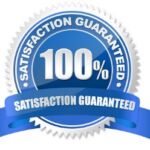
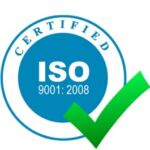
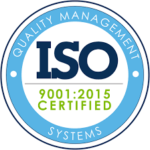
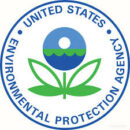












Permethrin
Chemical Name: 3-phenoxybenzyl-2,2-dimethyl-3-(2,2-dichloroethenyl) cyclopropane carboxylate. Molecular Formula: C21H20CL2O3

Tetramethrin
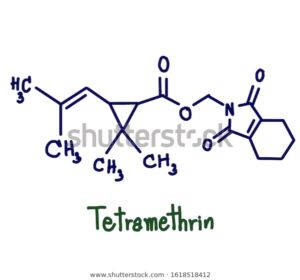
Cypermethrin

D-Transallethrin

Etofenprox


1R-Trans phenothrin

Cyfluthrin



Cyphenothrin

Dinotefuran
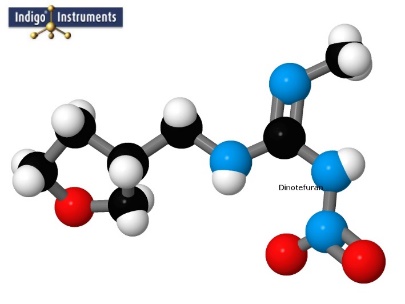
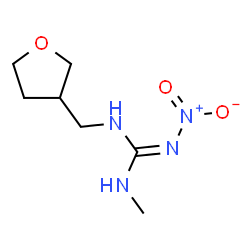
Deltamethrın
Chemical Name: (R,S)-3-allyl-2-methyl-4-oxo-cyclopent-2-enyl-(1R)-cis,trans-chrysanthemate
Molecular Formula: C19H26O3



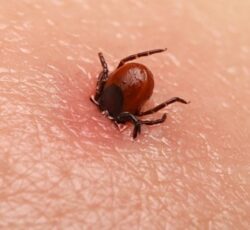
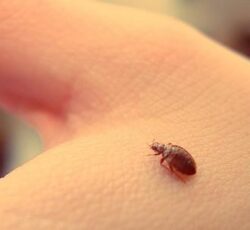
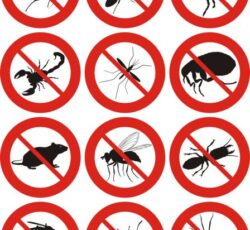
Special Combinations with Citrus Oil Contained
Cold Press Orange Oil-Solvent Dangerous petroleum derivatives (xylene, naphtha, toluene…) are used in general classical insecticides. PuraHub Limited offers privileged insecticides to the applicators by using orange oil which is a safe, fragrant and synergistically effective solvent obtained by the cold press from the orange shells. Orange oil, which has a good insecticidal effect, also contributes to product efficiency by its anti-evaporation and barrier effect. PuraHub Limited prioritizes environmental and human safety by using orange oil instead of toxic solvents such as xylene, naphtha, and toluene.
Turpentine Oil Products without PBO- Special DC Formulations
Turpentine oil as a solvent?
Turpentine oil is obtained from the resin of the pine tree found in some country’s forests. Some of the components in the contents show insecticidal effects, while others show a synergistic effect. It also provides a number of exclusive features, such as turpentine oil hanging time in the air, the advantage of evaporation, minimal risk to humans and the environment, and diffusive property in residual applications
SC Formulations
In SC formulations, the average solid particle diameter is considered to be an average of 1 micron. The presence of the active substance in particles of 1 micron and less positively affects the homogenization and emulsion stability of the product.
SE Formulations
SE formulation is a multi-character formulation with a SC+EW mixture. SE formulation is designed with some molecules in solid-state and others in water in the oil phase
CS Formulations
Hi-Tech CS Formulations:
Our client company continuously improves its formulation quality according to new trends. In this direction, micro-capsulation formulations with a mean size of 10 microns are developed.
Our capsule formulations comply with CIPAC standards by the rate of release, the amount of encapsulated active substance and other parameters. Our new studies focus on the Nano-capsulation technique. Nano-capsule formulation type differs from capsule suspension; particle size (<1 μm) and the use of natural excipients.
EW Formulations
Emulsion Oil in Water (EW) Formulations:
It is well known that emulsify able concentrates (EC), besides good properties have problems with a high solvent content thus are not environmentally friendly and can cause problems for users. The interest in developing oil-in-water emulsions (EW) instead emulsify able concentrates is increasing due to toxicological problems with solvents. Oil-in-water emulsions can reduce phytotoxicity, Ecotoxicity and dermal toxicity, have a higher FL ash point than EC and are safer in transport and storage; also EW is more compatible with water-based SC formulations for blends of active ingredients.
EC Formulations
Our Client Company prefers natural solvents as safe as possible in EC formulations. In the world, in the production of EC formulations, companies are usually used as xylene or naphtha type solvents. Such solvents cause many dangerous occupational diseases, particularly cancer. The simplest effects of these solvents are their effects on the central nervous system and loss of consciousness. Our Client Company prefers the safest solvent even in EC products. The safety of the solvent is the least necessary to pay attention to as much as the active substance safety.

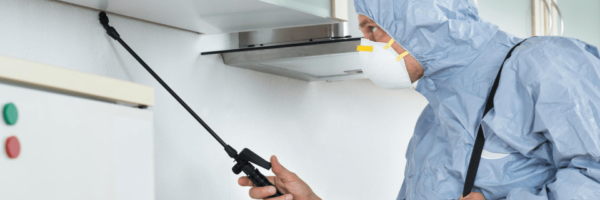
Household Hygiene & Decorative
Household Hygiene & Decorative has been an integral part of PuraHub Limited. It addresses one of the prime concerns of the country – ensuring a healthy environment for its citizens. Since its inception, this business unit has been providing technical expertise, products and training support to government agencies in carrying out Malaria, Dengue, chikungunya and Locust Control Programs under national government or international support agency funding.
Household Hygiene & Decorative department helps shield your surroundings, with complete home and office solutions for termite damage, wood preservation and decoration. It provides added protection to exterior doors and windows against harsh weather conditions such as severe cold and damaging ultraviolet light and safely prevents harmful pests from entering and damaging the hygiene in your surroundings.
Our Household Hygiene & Decorative products are recommended by leading architects and builders across Bangladesh. Today, PuraHub Limited stands strong in the construction industry, offering a complete range of products to secure investment, beautify homes and improve hygiene conditions for people.
